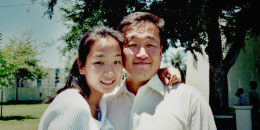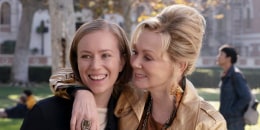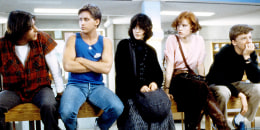Whatever you think Apple+’s new limited series “The Big Cigar” is about, you’re probably wrong. For one thing — it’s not about smoking. Or cigars. Except, maybe, peripherally. Instead, it’s about a whole lot more: an article in "Playboy" magazine. A historical, political, radical figure from the 1970s trying to flee to Cuba. Jack Nicholson and Candice Bergen! Overall, “The Big Cigar” is crazier and more fun than a barrel of monkeys — or, rather, “The Monkees” — who also play a role… and the best part is that it’s all true.
But before you light up your “Big Cigar,” here's what should you know about some of the key players, the key places, and how Cuba comes into all this. Here’s what we know.
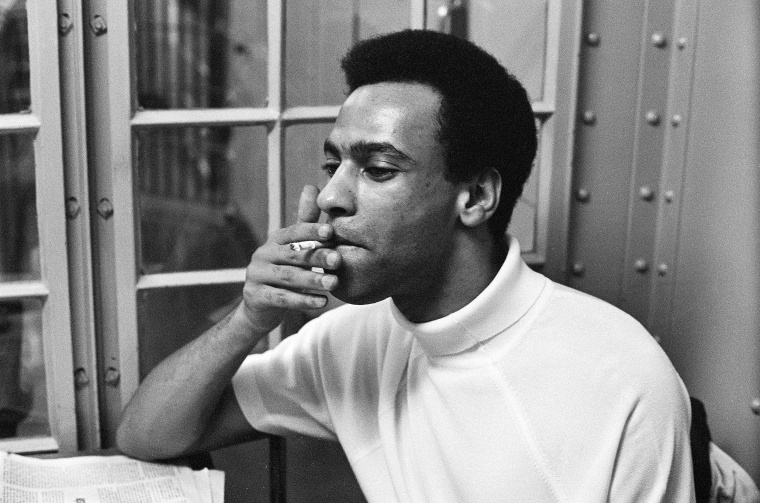
There’s a connection with 2013’s best picture Oscar winner
That’s right: “Cigar” executive producer Joshuah Bearman, who wrote the article “Cigar” is based on for Playboy Magazine, is also the author of the 2007 Wired article about a CIA mission during the Iran Hostage Crisis that became the Oscar-winning movie “Argo.”
The film, directed by and starring Ben Affleck, was about CIA operatives who posed as movie producers allegedly making a movie so they could rescue American hostages being held in Iran. It won three Oscars, including adapted screenplay and best picture.
The story behind "Cigar" has a similar theme, with movie producers — this time real ones — getting involved in high-stakes political actions, and using the movie production to camouflage their plans. Bearman's "Cigar" Playboy article came out in 2012, the same year "Argo" hit screens, and it's seems entirely possible he was looking ahead to a future cinematic presentation of the story — the article is loosely structured like a screenplay.
Who was Huey P. Newton?
In “Cigar,” Newton is one of the key characters: Accused of murdering a sex worker, Newton wants to flee the U.S. for Cuba. But it’s not as simple as boarding a plane, and Newton is a complicated, polarizing character.
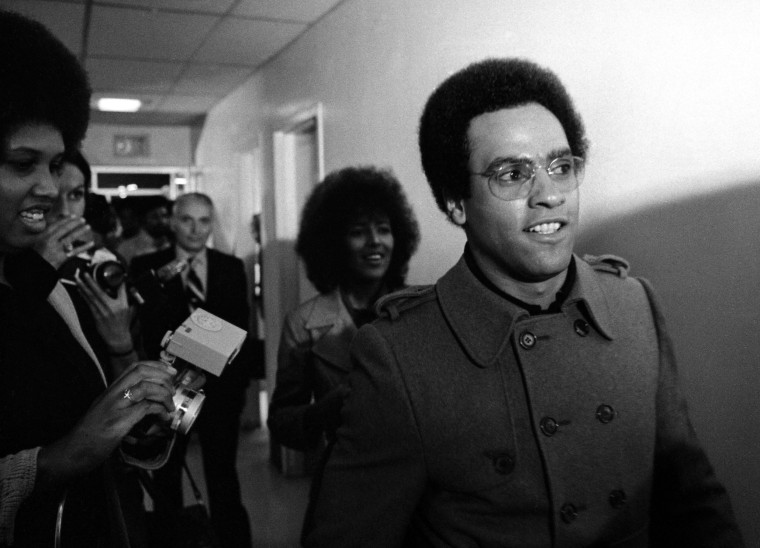
Activists Newton and Bobby Seale founded the Black Panther party in 1966; Newton was its first leader. The Black Panthers opened chapters across the US and, depending on your politics, were considered either “the greatest threat to the internal security of the country” (as FBI head J. Edgar Hoover famously said in 1969) or a force for socialist change and equality.
On the one hand, the Panthers were behind creating community support programs for the poor, and most famously backed Free Breakfast for Children, which fed poor kids daily in the early 1970s. On the other hand, many members (including Newton) were often caught up in criminal actions.
The FBI infiltrated the Panthers and was involved in a raid in which the Chicago Police Department killed two men — a moment dramatized in 2021’s Oscar-winning film "Judas and the Black Messiah." Newton was found guilty in 1968 of killing a police officer, but the appellate court overturned his manslaughter conviction in 1971. It wasn’t his last brush with the law.
Who was Kathleen Smith?
A sex worker named Kathleen Smith was shot in the face in August, 1974. She was 17 years old, and died a few months later. During an eventual trial in 1979, a former sex worker identified Newton as the shooter, as The Washington Post reported that year.
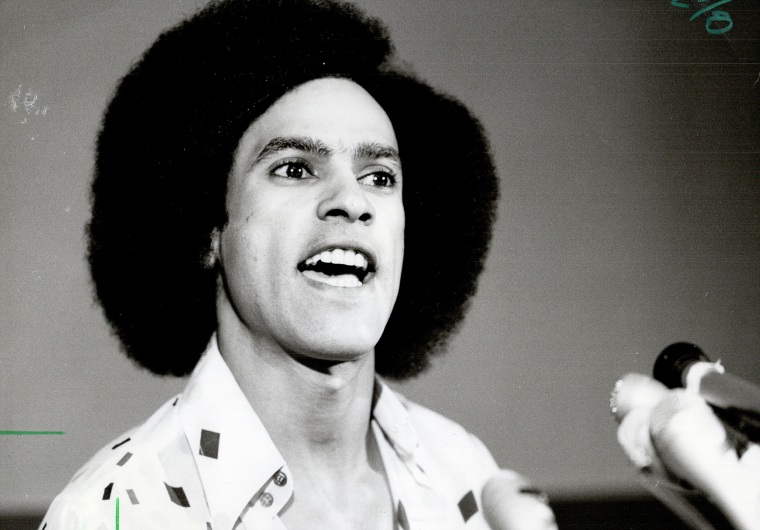
“It was a horrible thing that happened to the young woman, Kathleen Smith,” Newton said in the Post, “but I am not responsible for it. I think this trial will reveal who’s responsible for this conspiracy.”
Newton was not convicted for the shooting, after the jury deadlocked in 1979.
How were “The Monkees” involved?
Time to meet the other key players in “Cigar,” the ones who palled around with Newton and dreamed up a scheme almost as nutty as the one in “Argo” to try and get him out of the country after Smith died.

Bert Schneider was the New York-born son of the head of Columbia Pictures, Abraham Schneider. He paired up with pal Bob Rafelson and created RayBert productions, and one of their earliest efforts brought forth “The Monkees” TV series — a goofy riff on a boy band clearly designed to ride the coattails of The Beatles. The show, which lasted from 1965 to 1968, was a massive success that earned the young producers a lot of money.
They went on to get a little more countercultural with their next productions, including “Easy Rider” (1969) and “Five Easy Pieces” (1970), which made Peter Fonda, Dennis Hopper and Jack Nicholson stars. Schneider and Rafelson added a third partner in Stephen Blauner and dove into the burgeoning film scene of the 1970s. It was an era when studios learned they could make good money on thoughtful, artier, edgier films and the newly-named BBS Productions released “The Last Picture Show” (1971) and “The King of Marvin Gardens” (1972).
Schneider ultimately won an Academy Award for best documentary feature in 1975 for “Hearts and Minds,” a documentary about the Vietnam War, and gave one of the more politically-controversial speeches in Oscar history.
Thousands of furious viewers sent in telegrams, so many that Frank Sinatra appeared on stage later to read a disclaimer that disavowed the speech, which then led to more progressive actors like Shirley MacLaine and Warren Beatty to strike back. As The Nation reported, on stage Beatty called Sinatra, “you old Republican.”
So, what is “The Big Cigar”?
Schneider was a true believer of the progressive politics of the 1960s, and put his money where his mouth was. According to the Playboy article, he and Newton met after Schneider had been romantically involved with a Panther party member, who introduced them.
"It was like what we now call a man-crush,” Bergen (who was dating Schneider for a time) said in the article. “Bert would get tears in his eyes. It was like a man in love."
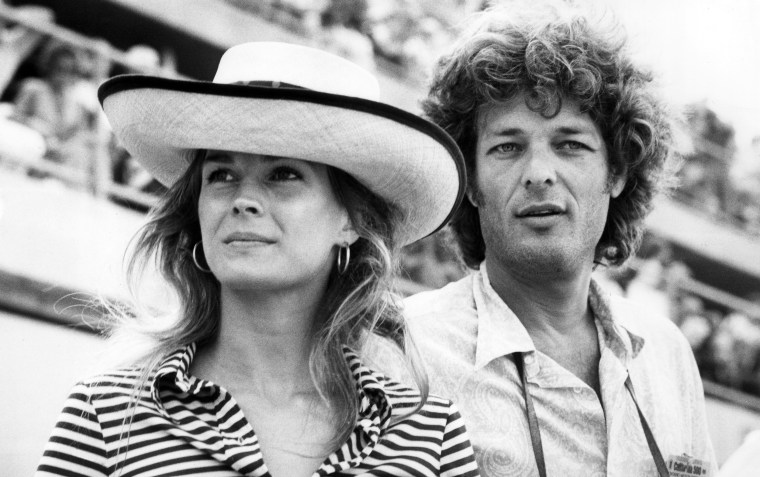
Schneider began wearing a Black Panther ring and helped Newton find his way among Hollywood celebrities and moneymakers. It was cool to support the Panthers: Even Elizabeth Taylor and Richard Burton wrote them checks, according to The Guardian, though Schneider was also a big bankroller.
Meanwhile, Newton was becoming more erratic, and according to the article began running the Panthers like he was a political boss. Several original followers peeled away, so when he was arrested for the shooting of Smith, he had fewer supporters than he’d had for his first arrest. He ran to someone he knew could help, but he did so in disguise — and showed up on Schneider’s doorstep dressed like a woman.
"I need you to get me to Cuba," Newton reportedly told Schneider.
Cuba was then known for two main things: Being run by a Communist leader, Fidel Castro and its high-quality cigars. “The Big Cigar” would become the code name for the plan to spirit Newton out of the country. Schneider and his associates knew he was likely being tapped by the FBI, so they referred to all activities as if they were making a movie called “The Big Cigar.”
Did Newton make it to Cuba in the end?
Short answer: Yes. Longer answer: Read the article. Best answer: Watch the new Apple+ series for all the truth-is-stranger-than-fiction highs and lows that it took to get him there. Along the way, Miles Davis’ former manager lends a hand, a friend-of-a-coke-dealer unloads his gun at a meeting in a deli, a boat meets its maker thanks to an underwater Jesus, and Bergen nearly gets to star with Richard Dreyfuss in the first attempt to turn it all into a major motion picture. (Which doesn’t happen.)
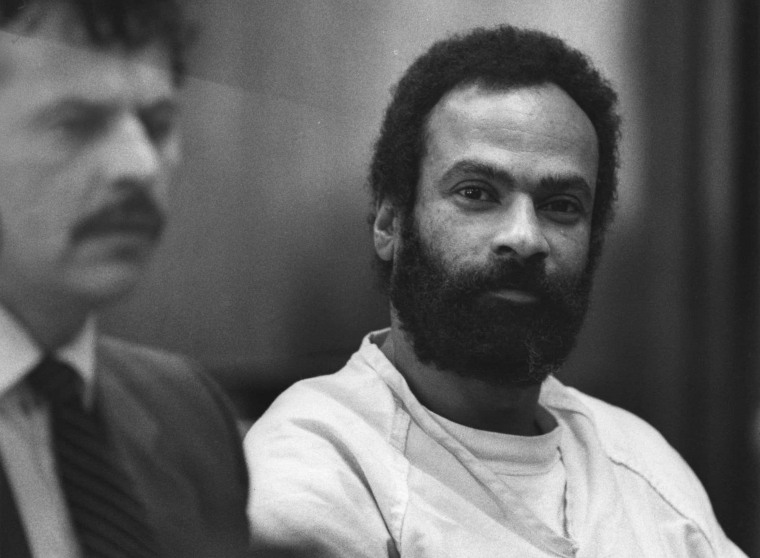
Newton ultimately spent three years in Cuba, then returned and stood trial — but when a main witness refused to testify, he was set free, as The Guardian reported in 2015. Though Newton went on to earn his Ph.D. in social philosophy in 1980, according to the National Archives, he was killed in 1989 outside a drug den in West Oakland, California by a member of the Black Guerilla Family.
Reportedly, his last words were, “You can kill my body, and you can take my life but you can never kill my soul. My soul will live forever!”

